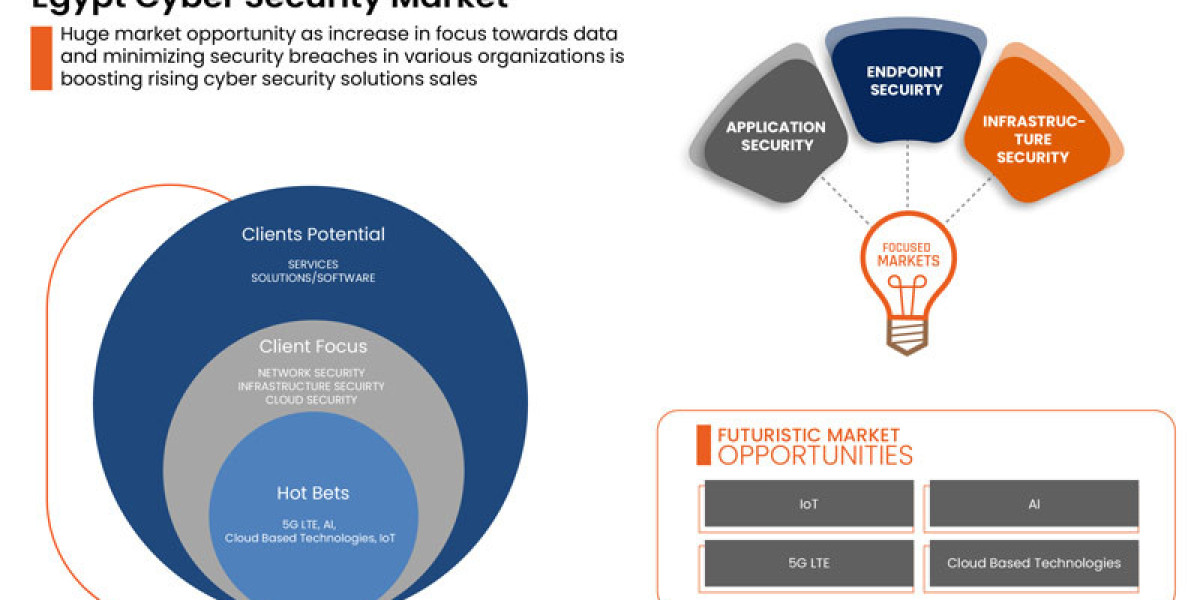Electricity is often called a silent worker. We rely on it to power almost everything in our daily lives and workplaces, but many people underestimate how dangerous it can be when safety isn’t prioritized. The truth is that hidden electrical risks are behind countless accidents, fires, and even fatalities every year. What makes these hazards especially concerning is that they often go unnoticed until something goes wrong.
Understanding these risks isn’t only about compliance with safety standards—it’s about protecting lives. For individuals looking to grow their careers in safety management, learning how to identify and minimize these electrical hazards can make a real difference. While training programs and professional qualifications often highlight the importance of safe practices, many workers and managers still fall into the trap of ignoring early warning signs.
If you’re someone weighing your options for professional training, you may have already noticed that investing in a qualification can come with costs. For example, the NEBOSH Course Fee often makes people wonder whether it’s worth it. But when you consider how much safer workplaces can become with proper training, the investment feels far smaller compared to the risks of an electrical accident.
Why Electrical Hazards Are Often Overlooked
Unlike other workplace dangers such as moving machinery or chemical spills, electricity doesn’t always show visible signs of danger. Worn-out wiring can look normal until it overheats, and a faulty breaker can work fine for months before failing at a critical moment. Many people assume that if equipment turns on, it must be safe—but that’s not always true.
Another reason these hazards slip under the radar is the false sense of security people develop around electrical systems. After all, electricity is everywhere, and we interact with it daily without incident. This familiarity can make workers careless, leading them to skip safety checks or ignore unusual smells, sparks, or noises from electrical systems.
Common Hidden Electrical Risks in Workplaces
Damaged or Exposed Wiring
Frayed wires tucked behind equipment or under carpets are one of the most overlooked dangers. These wires may not spark immediately but can overheat over time, increasing the risk of fire.
Overloaded Circuits
Plugging multiple devices into a single extension cord might feel harmless, yet it can push circuits beyond their safe capacity. This often happens in construction sites, offices, or workshops where power demand is high.
Poorly Maintained Equipment
Tools and machines that are not regularly inspected or serviced can develop hidden faults. For example, a motor overheating inside a machine can go unnoticed until it causes a fire or shock.
Improper Grounding
Electrical systems need proper grounding to safely discharge excess energy. If grounding isn’t correctly installed or maintained, even minor surges can cause shocks or damage.
Hidden Moisture Issues
Water and electricity are a deadly mix. Moisture inside electrical panels or wiring hidden within walls can silently corrode systems, making them highly dangerous over time.
Real-Life Example: A Small Mistake, Big Consequences
Consider a small factory where a machine operator noticed occasional sparks near a switchboard. Because production deadlines were tight, the issue was ignored. Weeks later, the sparks ignited a fire, shutting down operations for months and causing severe financial losses. This could have been prevented with timely inspections and proper safety training.
Stories like this highlight why companies and individuals must prioritize identifying risks before they escalate. Training programs that emphasize hazard spotting, such as those that require understanding the NEBOSH Course Fee, exist for this very reason. They prepare people to recognize subtle signs before they turn into disasters.
How to Identify and Minimize Electrical Risks
Step 1: Conduct Regular Inspections
Regular checks of electrical panels, cords, outlets, and machines help uncover problems early. Create a schedule and assign responsible individuals.
Step 2: Use Proper Load Management
Avoid overloading circuits. Use separate outlets for heavy machinery and never rely on cheap, untested extension cords.
Step 3: Invest in Ground-Fault Protection
Installing devices such as ground-fault circuit interrupters (GFCIs) adds an extra layer of safety by cutting off power when irregularities are detected.
Step 4: Keep Electrical Areas Dry
Always store liquids away from electrical systems and ensure proper sealing in areas prone to moisture.
Step 5: Provide Training for Workers
Workers need to know not just how to operate machines but also how to recognize risks. Training on electrical safety can save lives and prevent downtime.
The Role of Professional Training in Safety
While hands-on practices like inspections and equipment maintenance are crucial, formal training builds a deeper understanding of hazards and prevention strategies. In workplaces across industries, trained safety officers act as the first line of defense against electrical and other risks.
For many, enrolling in a safety qualification program becomes the turning point in their career. Programs that are internationally recognized often prepare participants to deal with hazards confidently. In fact, demand for NEBOSH in Pakistan has steadily increased because industries are realizing the need for well-trained safety professionals who can reduce risks and improve compliance.
Why Investing in Training Pays Off
It’s natural for professionals to wonder about the value of investing in safety education. For example, someone reviewing the NEBOSH Course Fee might initially hesitate. But the long-term benefits, such as reduced workplace accidents, legal compliance, and higher employability, outweigh the initial expense. For organizations, investing in staff training is not just about compliance; it also builds a culture of safety and trust.
Practical Safety Tips You Can Apply Today
Never use equipment with damaged cords.
Train staff to unplug devices by holding the plug, not the cord.
Label all electrical panels and keep them accessible.
Ensure all repairs are carried out by certified electricians.
Encourage workers to report electrical issues immediately.
These simple yet effective actions help reduce risks drastically.
FAQs
What are the most common signs of hidden electrical risks?
Unusual smells, frequent tripping of breakers, flickering lights, and sparks from outlets are all warning signs that shouldn’t be ignored.
How often should electrical systems be inspected?
Most workplaces should schedule inspections every 6 to 12 months, depending on the equipment used and the environment.
Can training really prevent accidents?
Yes, trained individuals are more likely to spot early warning signs and take action before accidents occur. Training also builds awareness among all staff.
Is investing in a professional safety course worth it?
Absolutely. The knowledge gained helps prevent costly accidents, ensures compliance, and opens doors to better career roles.














